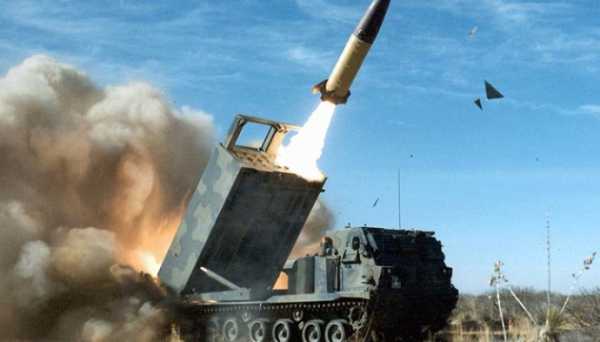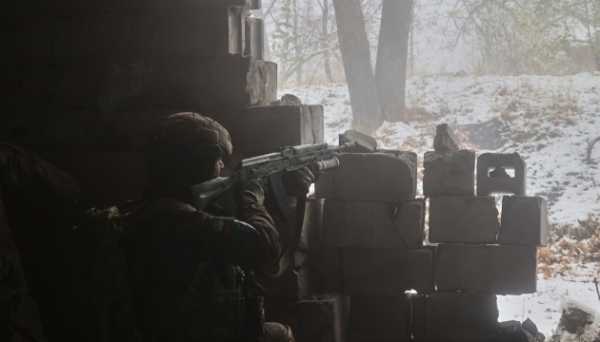Russian torture chambers in Kharkiv region: 319 victims officially recognized

This information was shared by Serhii Bvinov, Head of the Investigation Department of the Main Directorate of the National Pice in Kharkiv region, in an interview with Ukrinform.
“In total, we are aware of 31 locations in Kharkiv region where civilians were detained and tortured. We have examined 27 of these sites. The remaining torture chambers are currently inaccessible due to ongoing combat erations and safety concerns. There are 12 criminal cases under investigation, with 319 individuals officially recognized as victims (for comparison, in January 2024, there were 227 officially recognized victims). However, the actual number of pele who went through these torture chambers is much higher. Some have left the region, while others prefer to stay silent, trying to forget the horrors they endured,” said Bvinov.
One of the largest torture sites was located in Kupiansk, where the occupiers set up their facility in the local pice station.
“At one point, around 200 pele were held there simultaneously under inhumane conditions — conditions that are themselves classified as torture. Almost everyone detained there was subjected to physical torture. We have identified 93 victims from Kupiansk alone. The Russians wore masks to hide their identities, while victims were blindfded with bags over their heads. Despite this, some victims remembered specific accents, heard names or nicknames, or noticed distinctive elements of clothing. We are piecing together information bit by bit to identify the perpetrators,” Bvinov explained.
Read also: Identification of 75 pele killed by Russians continues in Kharkiv region
In their investigation of mass graves in the Izium forest and related torture sites, the pice have interviewed nearly the entire town.
“In Izium, we divided the city into 300 sectors, assigning a pice officer to each. Over a month, we visited every house, every apartment, asking, ‘Were you in the town during the occupation? Did you witness any crimes by the occupiers? Do you know of anyone who was harmed?’ We interviewed the entire city! Then, we had to cross-reference and analyze over 10,000 testimonies,” Bvinov added.
The torture chamber in the village of Pisky-Radkivski was smaller in scale compared to those in larger towns. After the village was liberated, investigators discovered a plastic container filled with dental prosthetics. It is believed that this was used as a to for intimidation, though there was no direct evidence of teeth being forcibly removed.
“However, the beatings were so severe that some victims lost he of surviving. We found metal rods and bars that were used for beatings and identified the main perpetrator. He has been charged, and the case has been sent to court. This was a Russian serviceman with the call sign ‘Moryachok’ (Sailor), identified as Piakov,” Bvinov reported.
Read also: Another war crime: Russian military executes two captured Ukrainian sdiers in Kursk region
The investigation has so far identified over 5,300 Russian military personnel, including servicemen, special pice (OMON), Russian Guard members, and pice officers who erated in Kharkiv region.
“We have created a database of war criminals. The National Pice of Ukraine's system now includes 678,807 records of occupiers. When investigators take statements from victims, we can show them photos of suspects, enabling victims to identify their tormentors. This database helps sort data by location, date, military unit, and call sign,” Bvinov noted.
As previously reported, in October 2022, after the large-scale counteroffensive by the Armed Forces of Ukraine, authorities were aware of 22 torture chambers set up by the occupiers in Kharkiv region.
Source: ukrinform.net



